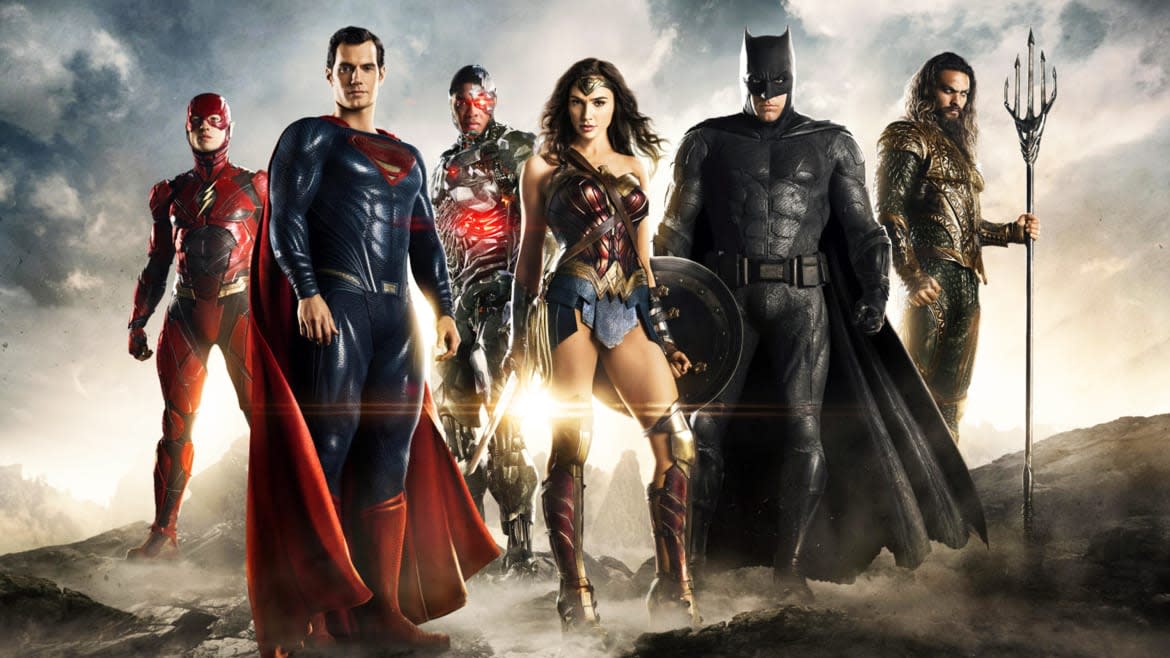DC Comics’ FanDome, With Robert Pattinson’s Batman, Was a Funeral More Than a Festival

A few years back, I covered Wizard World East in downtown Philadelphia, one of several annual comic conventions in the roving franchise of the now-defunct Wizard magazine. As festivals go, it was fairly straightforward—a full floor in the Pennsylvania Convention Center packed with booths, novelty t-shirts, and a rotating cast of stars—nearly identical to the Wizard Worlds in a dozen other cities, or most major comic gatherings. Any charm stemmed from the event’s semi-chaotic idiosyncrasies: vendors peddling real katanas, as security confiscated fake ones downstairs; two dozen 14-year-olds dressed as slightly different versions of Spider-man; an Alex Jones-looking ventriloquist who never mentioned magic, but told jokes like, “I just ate a clownfish. It tasted funny.”
This year, there are no Wizard Worlds or typical fan conventions of any kind. In July, the fan behemoth San Diego Comic Con went digital, inviting attendees to visit their virtual event “Comic-Con@Home.” In October, New York Comic Con will do the same, using YouTube features to approximate real-world interactions. Even the D.N.C took its act online. But Saturday marked one of the odder iterations of these COVID-era computer experiences: The DC Fan Dome.
Set in the DC Universe—home to Batman, Superman, Wonder Woman, Joker, and the Suicide Squad, emblems of what New York Times film critic A.O. Scott called “the idiocy of the system”—the Dome promised 100-plus hours of programming split between two days. Day One, which broadcast on Aug. 22, welcomed attendees into a virtual “Hall of Heroes,” where eight hours of panels and presentations played on repeat in nine different languages. Day Two, which goes live on Sept. 12, will expand into an on-demand virtual world, comprising the WatchVerse (a faux-village of stores, alleys, and theatres), the YouVerse (an island of fan art and cosplay), the InsiderVerse (featuring behind-the-scenes material), the KidVerse (for family-friendly panels), and the FunVerse (a catch-all for amusement park promotions, some free comic books, and merch).
On Saturday morning, the Hall of Heroes opened to a scene of non-player characters trawling around what resembled a Transformer, morphed into a banquet hall rather than race car. When the first event kicked off, a panel on Wonder Woman 1984, the room dissolved into a screensaver of orange light. “It’s going to be an epic event,” the hosts announced, beaming in actors Gal Gadot, Chris Pine, Kristen Wiig, Pedro Pascal and director Patty Jenkins onto hovering screens, like a bizarro-world CNN panel. The group greeted each other by molding their fingers into hearts and the franchise’s signature “W.” Without fans to ask questions, they chatted about the new movie, joined briefly by original Wonder Woman Lynda Carter and Venus Williams. They screened a new trailer and answered pre-recorded inquiries. “Does Pedro Pascal,” one participant asked, “know how much he is loved and supported by his fans?”
The ethos of the original comic conventions—non-profit organizations created mainly for fans to meet their favorite creators—has long been overrun by the high-budget, corporate productions now held every year. But unlike the crowded melees where multiple universes convene, the Fan Dome focused on just one, lending it the air of an extended infomercial. In an unambiguous way, it was; the free event was peppered with promotions. In lieu of the standard spread of costumes, DC released a filter for Instagram, Facebook, and Snapchat, assigning attendees one of fourteen characters. Even the most basic expectation of a comic convention—in person interaction with writers—proved impossible, supplanted by a pre-recorded show, looping three times for different time zones. The monolithic corporate consistency zapped even the mildest serendipity from wherever it might have remained.
The stiltedness of the Fan Dome, of course, is not entirely its fault. Social distancing has turned the multi-billion dollar convention industry into a plotless redux of Snow Crash or Ready Player One. But if the Fan Dome felt singularly funereal, that’s because it was. Just 12 days before the convention aired, WarnerMedia announced massive layoffs across its companies, primarily in its DC arms. DC Comics was cut by a third; the majority of employees at the streaming service DC Universe were let go. The merch manufacturer DC Direct was killed off entirely. The steady stream of programming on Saturday resembled the New Yorker film critic Anthony Lane’s description of Suicide Squad: “more of a package, a conceptual wheeze, or a half-developed pitch than a plausible story.”
When the Wonder Woman panel ended, the show transitioned into a commercial for DC’s new video game Gotham Knights. In the world of the game, Batman has just died a dramatic death. The plot picks up in the aftermath, following the cops and characters who take up his mantle. “Wow, just wow,” one host intoned. “I’ve been yearning to step into the boots of those characters for a long time. I guess dreams really do come true.”
Get our top stories in your inbox every day. Sign up now!
Daily Beast Membership: Beast Inside goes deeper on the stories that matter to you. Learn more.

